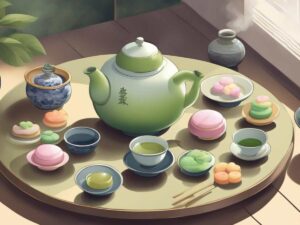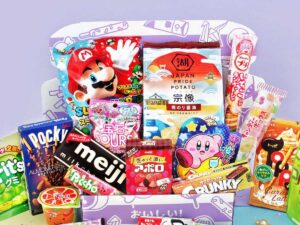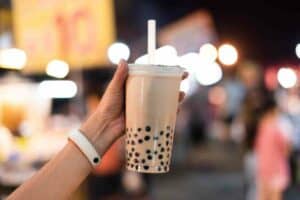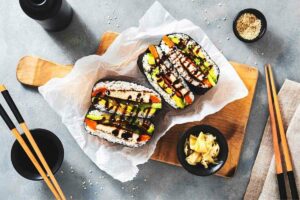For some reason, Japan has a reputation for being milk averse, with over 70% of the population being lactose intolerant.
However, that doesn’t mean you’ll struggle to find fresh milk for your bowl of cereal.

There are so many types of ‘milk’ in Japan, that you may struggle to pick out a regular carton!
In this article, we look at milk in Japan, its history, and the type of milk you can find in Japanese stores today.
Table of Contents
The history of milk in Japan
Despite the suggestion that Japanese people are lactose intolerant and rarely consume dairy, milk, and meat have been part of the Japanese diet for hundreds of years.
Any periods in Japanese history where meat and milk were not consumed were usually due to prohibitions from rulers at the time, rather than culture or religion.
For example, the Tokugawa Shogunate was known for its prohibitive dietary orders that forbade the consumption of meat and milk.
At times, the Imperial Court also discouraged meat and milk consumption as it did not want the peasantry to access these nutritious foods.
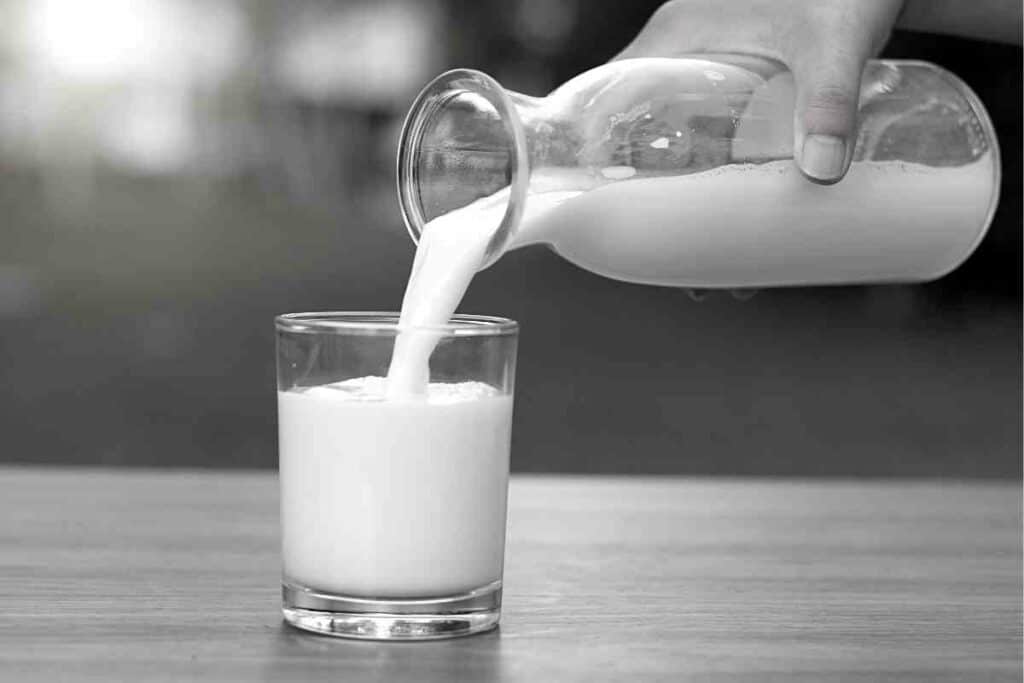
Japanese heroes from antiquity attributed their strength and vigor to the consumption of meat and dairy products:
- By the 5th century, rulers in Japan established extensive animal husbandry throughout their warring states. Pastureland was used to raise cattle and horses with their meat and dairy products being supplied for the population and to ensure military supremacy.
- The 7th century saw an increase in the production of butter, which was often given as a gift. As Christianity penetrated Japan from the 15th century onwards, there was increased consumption of milk. Shogun Yoshimune oversaw the introduction of retail stores for milk in the 18th century.
- In the 19th century, as Japan had greater trade and cultural exchange with other countries, milk consumption increased further still. Cow’s milk was introduced as a substitute for breast milk and promoted as nutritionally beneficial. The introduction of glass bottles also made milk far more accessible and hygienic, which boosted consumption.
- In the 20th century, milk became an indispensable part of the Japanese diet. But WWII led to severe milk shortages as the casein in milk was used as an aircraft adhesive.
This led to severe malnutrition in the post-war years and a reliance on rationed skimmed milk powder until Japan economically recovered.
The economic recovery of Japan led to increased milk consumption. Milk was also offered to schoolchildren daily to emulate the American diet. Domestic production of homogenized and UHT milk began in earnest in the 1950s and 60s.
Types of milk available in Japan
Milk is big business in Japan, with revenues of over $9 billion in 2023.
This is no surprise because when you go to the store to buy regular milk in Japan, you’ll be overwhelmed by the range of milk and milk products you can buy.
Cruising the dairy section can be confusing if you don’t speak Japanese, as regular milk can be hard to identify.
Here are the main terms used for ‘milk’ in Japan.
Gyunyu 牛乳
This is regular cow’s milk and will be clearly labeled on the carton near the nutritional information. Gyunyu is pasteurized milk with a 3.6% fat content.
Many cartons of gyunyu are marked with an indentation at the top of the carton. This is to help blind people identify the milk as being regular milk.
Some milk brands will also label regular milk as seibun muchosei 成分無調整 which means that the milk has not been altered in any way.
Other types of milk include the following.
Teishibo gyunyu 低脂肪牛乳
This is low-fat, semi-skimmed milk with no more than 1.8% fat content.
Mushibo gyunyu 無脂肪牛乳
This is skimmed milk (fat-free).
There is also higher-fat gyunyu milk available with 4.4% fat content, but they may be labeled as regular gyunyu.
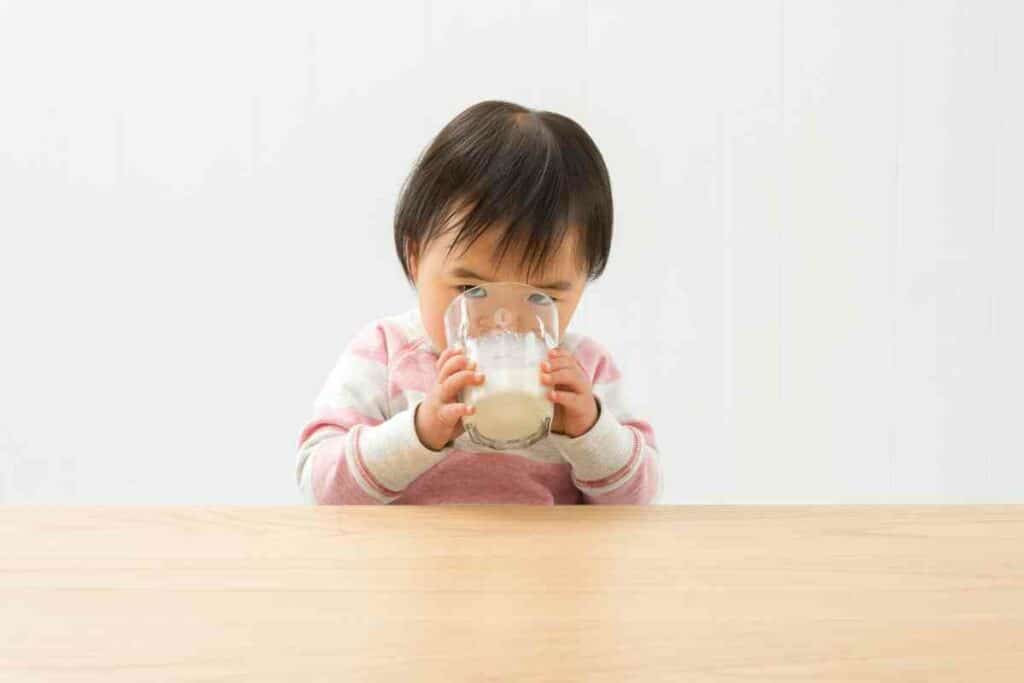
Other terms you will see on milk labeling include:
- Yuki 有機 – this means that the milk is organic
- カルシウム – this means that the milk has added calcium
- 鉄 – this means that the milk has been fortified with iron
Other Japanese dairy products
The milk section in stores can be challenging because it is incredibly easy to bring home other milk-related products that will give you a surprise when you attempt to pour them over your cereal.
This is because there are loads of similarly labeled cartons containing milk mixed with other ingredients like coffee or juices.
This type of milk drink, known as nyuinryo, 乳飲料 is popular. There are also yogurt drinks and flavored milk, but this will be obvious from the colored labeling of the cartons.
Also, be on the lookout for:
- Kakonyu 加工乳 – this is a carton of processed milk that may be condensed or have butter or cream added to it.
- Miruku ミルク – This is another word for milk that is often used in labeling goat’s milk or sheep’s milk. It can also be used to describe high-fat (4.4%) gyunyu!
Are you looking for non-dairy ‘milk’ in Japan?
If you’re vegetarian or vegan, Japanese grocery and convenience stores have plenty of plant-based milk available.
Here is the labeling for the main types of non-dairy milk:
- Tōnyū 豆乳 – this is the term for soy milk
- Āmondomiruku アーモンドミルク – this is the term for almond milk
Popular milk brands in Japan
Over 13,000 individual dairy farms in Japan contribute milk to the major dairies that distribute a wide range of popular milk products.
If you’re looking for milk and dairy at a Japanese store, there are the main brands.
Meiji
Meiji Dairies Corporation (明治乳業株式会社) is Japan’s largest dairy company and has been in existence for over 100 years. You’ll find their products that include fresh milk, yogurts, cheese, and ice cream in the dairy section.
Morinaga Milk
This is another leading Japanese dairy company which is also about a century old. They produce a full range of dairy products including milk, cheese, butter, ice cream, beverages, and baby food.
Hokkaido Milk
This is Japan’s premium milk brand. It is esteemed for the rich and creamy taste of its regular, full-fat milk.
Interestingly, the island of Hokkaido produces the vast majority of the nation’s milk, more than 60%, so it’s a great destination if you want to try their famous cream cheeses and other farm-fresh dairy products.
Rounding up
It’s not going to be difficult to find fresh milk in Japan. Armed with an understanding of the different milk products and brands, you should be successful in getting the milk that you need from the dairy aisle in a Japanese store.
Make sure that you try some Japanese cereals to go with that milk because cereals are extremely popular in Japan.
- Japanese Traditional Sweets (Wagashi): A Guide to Their Origins and Varieties
- A Taste of Japan in Every Bite – Japanese Candy & Snack Box Review
- Bubble Tea vs Boba Compared: What’s the Difference?
- Best Izakaya Foods for a Relaxed Night Out (My Top 10 Picks)
- Edo Kiriko Whiskey Glasses (Japanese Heritage in Every Pour)
- Japanese Viral Foods on Social Media (Discover the Top 10)

